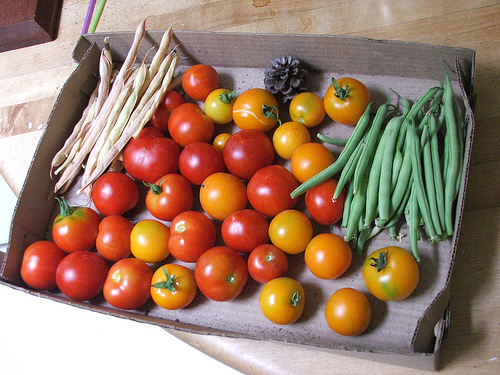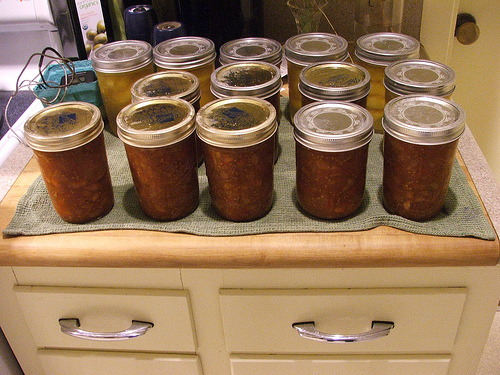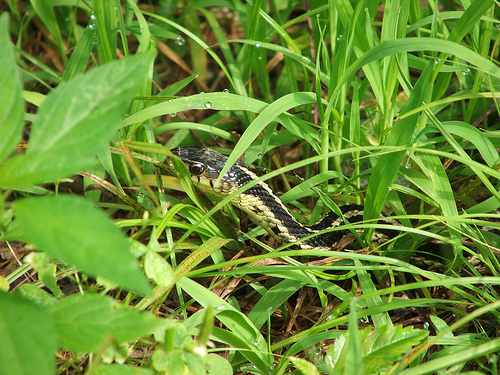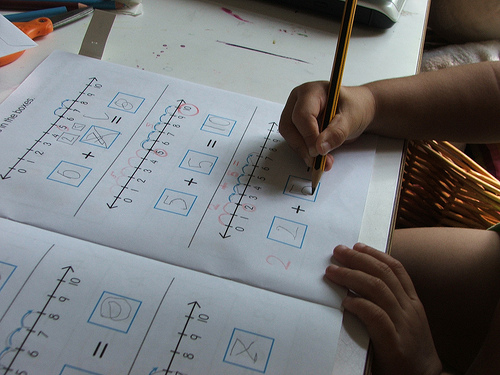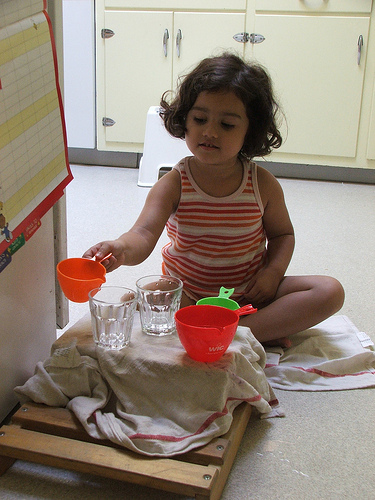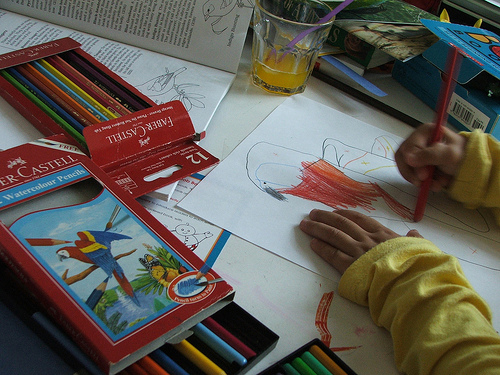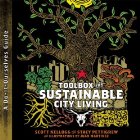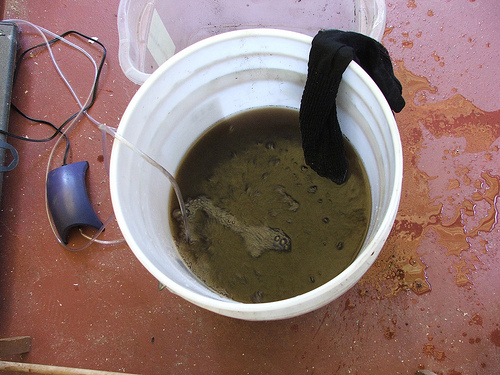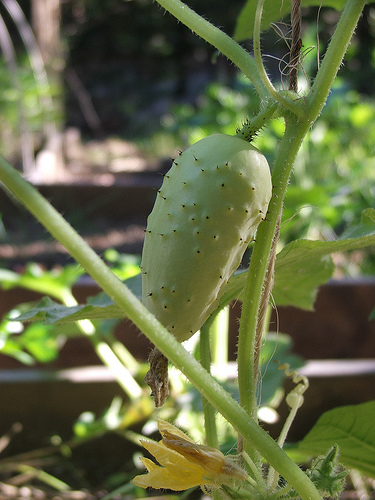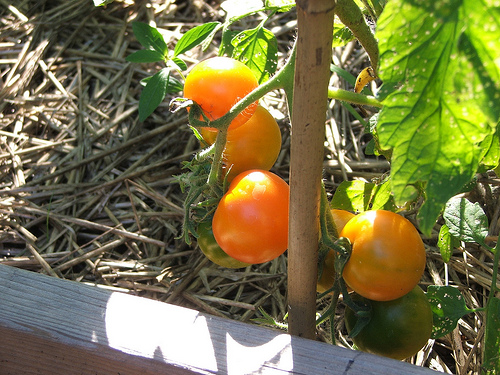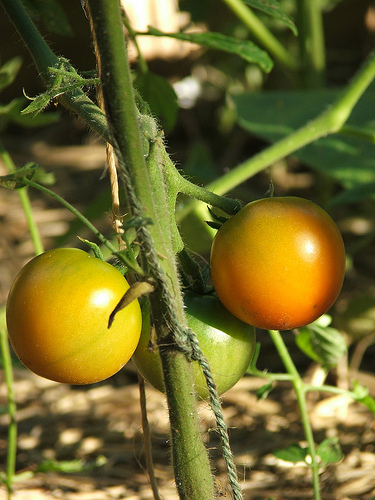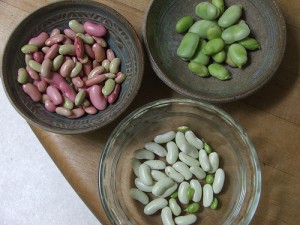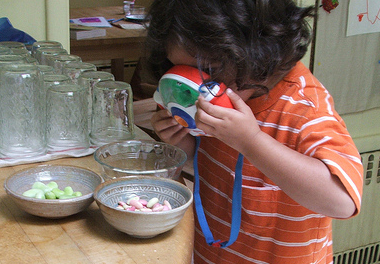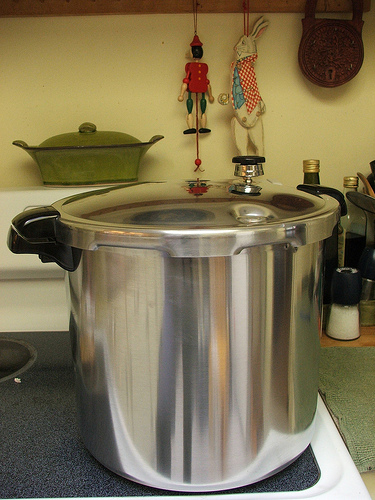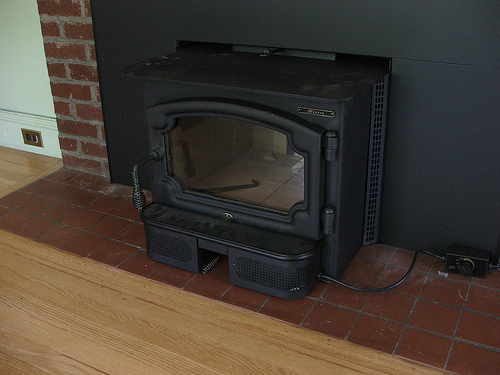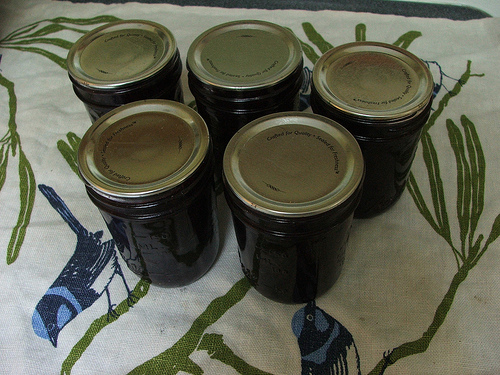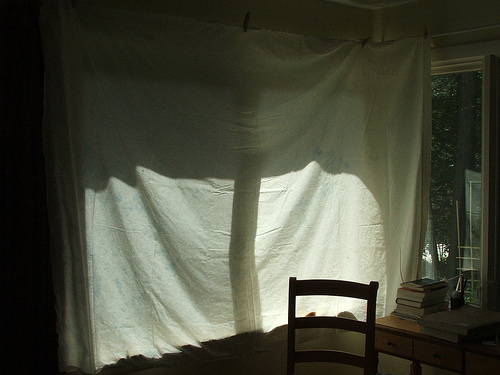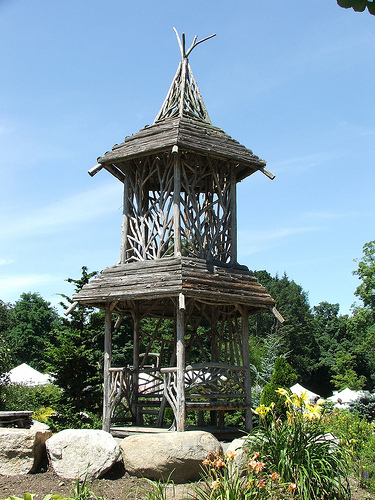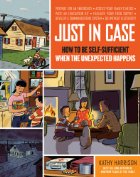
If for some reason you couldn’t leave your house, how long could you and your family survive on the food and water you have at home? If your answer is three days, you can count yourself “normal”.
If for some reason the grid blinked out, would you be able to cook that food, heat your house and light your evenings? If you answer no, congratulations, you’re “normal”.
If for some reason you had five minutes to evacuate your family, could you walk out confidently, knowing your family, and your house, will be “all set”? If your answer is again no, you guessed it, that’s “normal”.
My answers are more or less the same. And it feels awful.
What with the wood stove now (it’s being installed on Friday), and our cords upon cords of fire wood, we could heat the house and cook (though not bake), and boil some water for washing and perhaps for purifying. But that’s about it, and upon evacuation I’d have to spend my five minutes looking for our social security cards and some cash.
For months now I have lived (not very gracefully) with this gap between the fears I now take seriously, and paralysis. My paralysis stems from the slippery slope built into the “for some reason”. What reason, I ask.
Oh, it’s just a winter storm that knocked out the grid, and they’re working on it. So let’s have a week’s worth of food and a non-electric way of cooking it (if it’s not winter). But maybe there’s a sudden break in the supply of oil and while the powers that be fiddle and connive, no food is making it into the supermarket, no heating oil into the house, and no gasoline into the car. Okay, so we need two more months of stored food, and a way of washing clothes, and perhaps we should also find a reliable way of purifying rain water, or stock some drinking water in our basement. But there has been a chemical spill, and we need to hunker down. Then we’ll definitely need some good water, along with all the above and some sort of safe (and livable) room in the basement, and a way of going to the toilet there. But what if it’s a nuclear disaster? What if it’s the end of civilization and the mob is coming to get all our stocked-up emergency supplies? We’d need a gun to protect ourselves, and there we draw the line, and anyway, would it be worth it, life I mean, under such conditions?
And so it goes.
But today I received this book, Just in Case, by Kathy Harrison. And though she does discuss the dreaded Nuclear Disaster, I think with her help I could take one step down the slippery slope, stop and catch up, then take another step, etc.
It helps to already have a way of heating the house and water for the next three years, but in a few months I would also like to have:
- four winter months worth of stored food and recourse, for the rest of the year, to fresh, homegrown food and stored staples like grains and sugar,
- a year’s worth of soap, cleaning products, toothpaste and toilet paper,
- a well-stocked first aid kit,
- enough water for two months and several ways of filtering and purifying bad tap or rain water for a year,
- an off-grid device to charge batteries for reading and flash lights and a radio,
- skills like making bread, growing and canning food, chopping wood, administering first aid -Â skills that I could anyway use today,
- emergency packs for quick evacuations.
- No gas masks, no nuclear bunker, no guns. Just common-sense just-in-case.
Tomorrow I plan to turn the blueberries I got from the farmer’s market into jam, to can them into eight 8 oz jars, to line them up, neatly, on a shelf in the basement, and to just stand there and look at them and say: I’ve begun.
It will feel so good.
